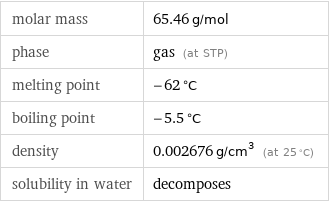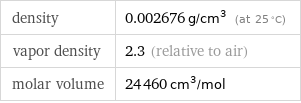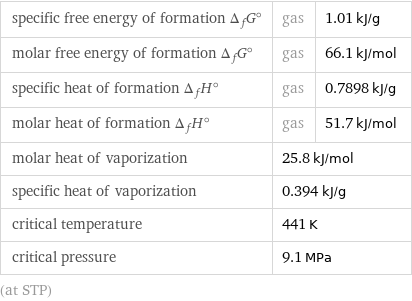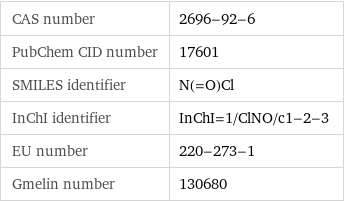Input interpretation

nitrosyl chloride
Chemical names and formulas

formula | ClNO name | nitrosyl chloride alternate names | nitrogen oxychloride | nitrosonium chloride mass fractions | Cl (chlorine) 54.2% | N (nitrogen) 21.4% | O (oxygen) 24.4%
Lewis structure

Draw the Lewis structure of nitrosyl chloride. Start by drawing the overall structure of the molecule, ignoring potential double and triple bonds: Count the total valence electrons of the chlorine (n_Cl, val = 7), nitrogen (n_N, val = 5), and oxygen (n_O, val = 6) atoms: n_Cl, val + n_N, val + n_O, val = 18 Calculate the number of electrons needed to completely fill the valence shells for chlorine (n_Cl, full = 8), nitrogen (n_N, full = 8), and oxygen (n_O, full = 8): n_Cl, full + n_N, full + n_O, full = 24 Subtracting these two numbers shows that 24 - 18 = 6 bonding electrons are needed. Each bond has two electrons, so in addition to the 2 bonds already present in the diagram add 1 bond. To minimize formal charge oxygen wants 2 bonds and nitrogen wants 3 bonds. Identify the atoms that want additional bonds and the number of electrons remaining on each atom: Fill in the 1 bond by pairing electrons between adjacent highlighted atoms: Answer: | |
3D structure

3D structure
Basic properties

molar mass | 65.46 g/mol phase | gas (at STP) melting point | -62 °C boiling point | -5.5 °C density | 0.002676 g/cm^3 (at 25 °C) solubility in water | decomposes
Units

Gas properties (at STP)

density | 0.002676 g/cm^3 (at 25 °C) vapor density | 2.3 (relative to air) molar volume | 24460 cm^3/mol
Units

Thermodynamic properties

specific free energy of formation Δ_fG° | gas | 1.01 kJ/g molar free energy of formation Δ_fG° | gas | 66.1 kJ/mol specific heat of formation Δ_fH° | gas | 0.7898 kJ/g molar heat of formation Δ_fH° | gas | 51.7 kJ/mol molar heat of vaporization | 25.8 kJ/mol | specific heat of vaporization | 0.394 kJ/g | critical temperature | 441 K | critical pressure | 9.1 MPa | (at STP)
Chemical identifiers

CAS number | 2696-92-6 PubChem CID number | 17601 SMILES identifier | N(=O)Cl InChI identifier | InChI=1/ClNO/c1-2-3 EU number | 220-273-1 Gmelin number | 130680
NFPA label

NFPA label

NFPA health rating | 3
Safety properties

flash point | -18 °C

DOT hazard class | 2.3 DOT numbers | 1069